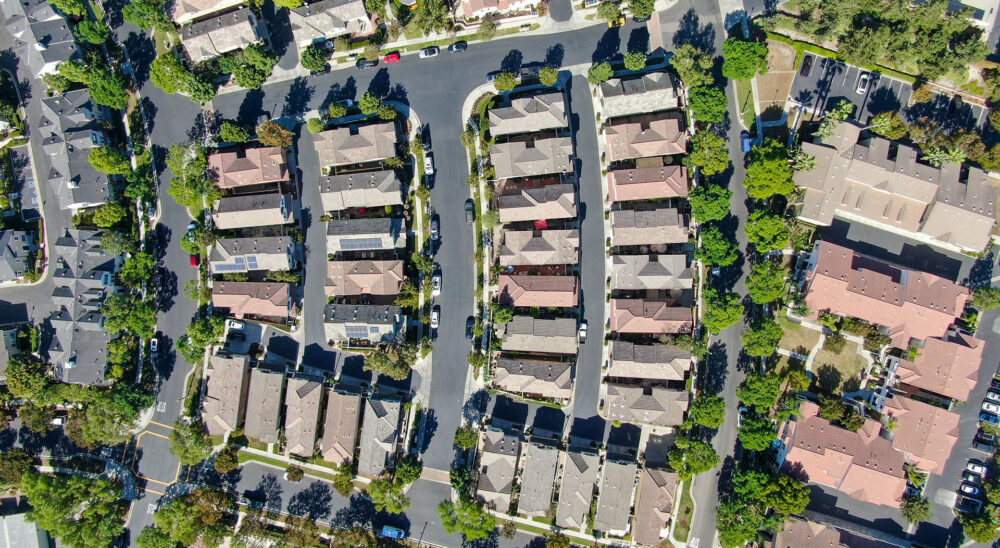A property appraisal is a professional, unbiased valuation that determines a property’s market value. Traditionally, property appraisals were exclusively the job of professional appraisers. However, with increased data availability and enhanced computational resources, automated valuation models (AVMs) have gained widespread traction and recognition as efficient tools to assist property appraisers in conducting mass appraisals. In this research, Dominique de Wet, under supervision of Professor Johan du Preez, investigates the suitability of various machine learning methods as AVMs. The techniques she employed in her research include multiple polynomial regression, random forest regression, support vector regression, and a neural network. In addition to these four models, her thesis also introduces and assesses the advantages of a new innovative fusion model as an AVM. In the current digital era, AVMs have gained recognition as efficient tools for property appraisals, especially in mass appraisals, thanks to increased data availability and enhanced computational resources. AVMs are digital tools that use statistical or machine learning methods to process property data and generate price predictions. The accuracy and precision of an AVM depend on the specific statistical or machine learning technique employed. However, despite their growing popularity, AVMs have not yet reached a level of accuracy and precision that allows them to operate independently. Property appraisers still play a crucial role in verifying the results produced by these models. Many researchers have conducted studies to assess the success of different machine learning techniques in mass appraisals or AVMs. However, most of these studies did not adequately consider the complex dynamics present in the real estate industry. Therefore, an in-depth investigation into machine learning models for AVMs that takes into account the nuances of real-world scenarios is needed. Figure 1: Typical structure of an automated valuation model (AVM) Dominique’s research addresses the research gap by conducting a comprehensive comparative study on four commonly employed machine learning techniques in mass appraisals: multiple polynomial regression, random forest regression, support vector regression, and a neural network. These models were selected based on their encouraging results observed in preliminary studies and their widespread use in various industries. In addition to assessing the four machine learning models, this report also investigates the application of a new AVM technique termed the ‘fusion model’. This innovative model is an ensemble approach that combines the predictions from the individual machine learning techniques, aiming to take advantage of their respective strengths to improve price predictions. The results from this study indicate that all the individual machine learning techniques produce highly accurate property price predictions. However, they also yielded relatively large errors for some predictions. In contrast, the fusion model achieved greater accuracies and minimised most of its errors compared to the standalone models, establishing it as an effective AVM technique. This report provides a comprehensive framework for improving mass appraisal models. Download and read the complete research at https://scholar.sun.ac.za/items/ed49a816-6298-41c2-8c8f-800931d59773 Background to the Research

Scope and Goals of the Research
The Results





